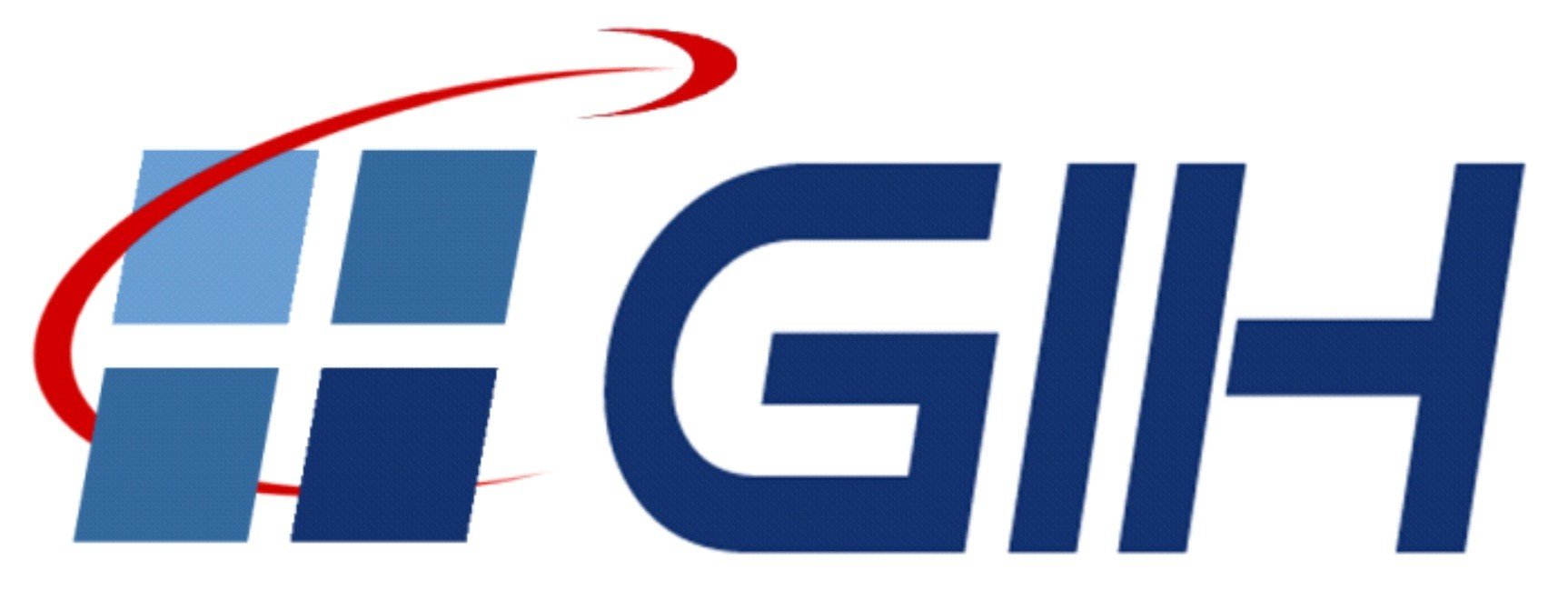Robust external calibration of terrestrial laser scanner and digital camera for structural monitoring
- authored by
- Mohammad Omidalizarandi, Boris Kargoll, Jens-André Paffenholz, Ingo Neumann
- Abstract
In the last two decades, the integration of a terrestrial laser scanner (TLS) and digital photogrammetry, besides other sensors integration, has received considerable attention for deformation monitoring of natural or man-made structures. Typically, a TLS is used for an area-based deformation analysis. A high-resolution digital camera may be attached on top of the TLS to increase the accuracy and completeness of deformation analysis by optimally combining points or line features extracted both from three-dimensional (3D) point clouds and captured images at different epochs of time. For this purpose, the external calibration parameters between the TLS and digital camera needs to be determined precisely. The camera calibration and internal TLS calibration are commonly carried out in advance in the laboratory environments. The focus of this research is to highly accurately and robustly estimate the external calibration parameters between the fused sensors using signalised target points. The observables are the image measurements, the 3D point clouds, and the horizontal angle reading of a TLS. In addition, laser tracker observations are used for the purpose of validation. The functional models are determined based on the space resection in photogrammetry using the collinearity condition equations, the 3D Helmert transformation and the constraint equation, which are solved in a rigorous bundle adjustment procedure. Three different adjustment procedures are developed and implemented: (1) an expectation maximization (EM) algorithm to solve a Gauss-Helmert model (GHM) with grouped t-distributed random deviations, (2) a novel EM algorithm to solve a corresponding quasi-Gauss-Markov model (qGMM) with t-distributed pseudo-misclosures, and (3) a classical least-squares procedure to solve the GHM with variance components and outlier removal. The comparison of the results demonstrates the precise, reliable, accurate and robust estimation of the parameters in particular by the second and third procedures in comparison to the first one. In addition, the results show that the second procedure is computationally more efficient than the other two.
- Organisation(s)
-
Geodetic Institute
- Type
- Article
- Journal
- Journal of Applied Geodesy
- Volume
- 13
- Pages
- 105-134
- No. of pages
- 30
- ISSN
- 1862-9016
- Publication date
- 26.04.2019
- Publication status
- Published
- Peer reviewed
- Yes
- ASJC Scopus subject areas
- Modelling and Simulation, Engineering (miscellaneous), Earth and Planetary Sciences (miscellaneous)
- Electronic version(s)
-
https://doi.org/10.1515/jag-2018-0038 (Access:
Closed)
-
Details in the research portal "Research@Leibniz University"






